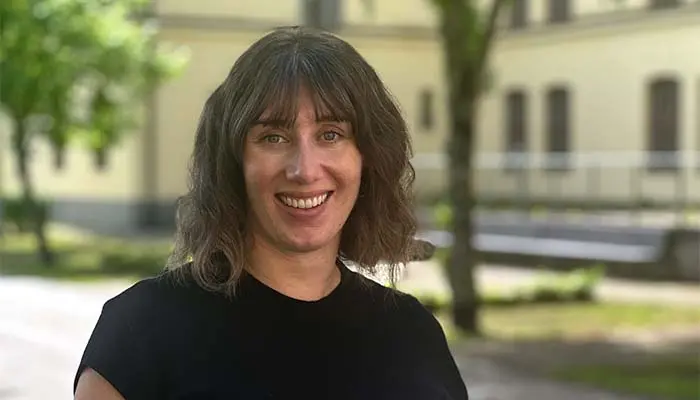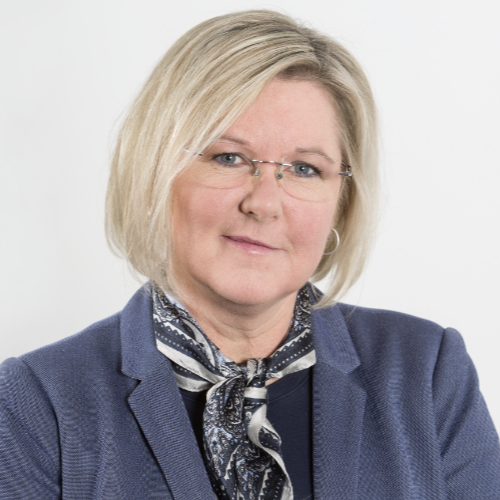Research Visit from Australia: "I Want to Develop Our Collaboration with the University of Gävle"
Research on learning environments at the University of Gävle has attracted Julia Morris from Perth, Australia, to Gävle.
“I am very happy to be here, and I want to develop the collaboration with the University’s researchers,” she says.

Julia Morris, a researcher in learning environments in Perth, Australia, visiting Högskolan. PHOTO: HiG
Although research on learning environments is growing, there remain knowledge gaps, according to Julia Morris. In Australia, approximately 75% of classrooms resemble those in Sweden, with groups or rows of desks and chairs and the teacher often working from the front of the room. The fact that many classrooms look almost the same today as they did 100 years ago is due to tradition and a lack of research, Julia argues.
“Teachers have been able to get good results in traditional rooms, so why fix what isn’t broken? I think that is the reasoning. If there is to be a change in how our schools and learning environments look, we need scientific evidence to support that change, to show that other environments produce equally good or better results” says Julia Morris, an Associate Professor who conducts research at Edith Cowan University in Perth and University of Melbourne.
"World leading research"
Julia Morris and Wesley Imms, also a researcher in learning environments at the University of Melbourne, are in Sweden and Gävle to develop collaboration with the University and the research program "Learning Environments of Tomorrow" - led by Jan Grannäs and Anneli Frelin.
“Jan and Anneli’s research in learning environments is world leading and this visit is a good opportunity for building further work in this field together,” says Julia Morris.
The collaboration between the University of Gävle and the Australian institutions is about gathering evidence on how learning environments in schools should be designed to support teaching and pedagogy. It is a relatively young research field, so Julia Morris’s previous work has focused a lot on gaining an overview of what research is actually being done and what knowledge gaps need to be filled.
“There is a lot of good research on learning environments in many places around the world, but similar studies have been done independently of each other that overlap, while there are gaps in other areas. For example, there is a lot of research on furniture and its size from a design perspective but less on how furniture is being used classrooms to support quality teaching and learning. We need to collaborate globally with academics, educators and industries to become more effective.”
"Need to look at all solutions"
Julia Morris herself is a trained teacher and moved into research ten years ago. As a teacher in design and art, she has a great interest in the impact of learning environments on pedagogy and learning. For her, the students' perspective is also an important aspect of the research.
In Australia, as in Sweden, some initiatives have been taken in schools to develop classrooms in various ways, including by changing learning environments and creating more open spaces and varied layouts. At the same time, there is often a lack of scientific basis and evaluation of how well the new learning environments work.
“We need to look scientifically at all solutions, from traditional classrooms to open spaces to hybrid solutions,” says Julia Morris.
Wesley Imms at the University of Melbourne leads a worldwide international study alongside Julia Morris on learning environments, involving over 250 researchers from 19 countries. The goal is to improve knowledge exchange between countries, industries and institutions, and to create an evidence base for future research development.
This page was last updated 2024-06-03


